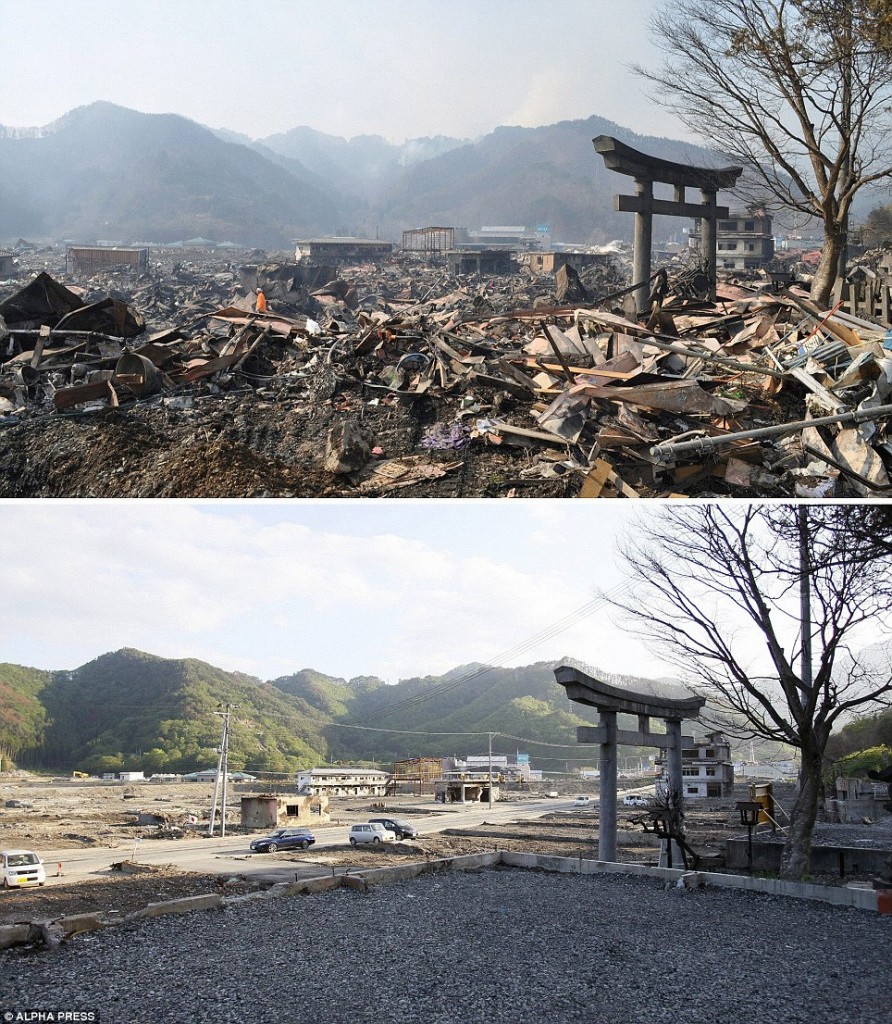With the anniversary of the devasting tsunami of nothern Japan coming up on 3/11, the BBC have issued a programme which will be available for the next 30 days as a podcast…
http://downloads.bbc.co.uk/podcasts/worldservice/heartsoul/heartsoul_20120302-1722a.mp3
Despite all the hard work, scenes of devastation and abandoned houses are still apparent. Some of the points made in the programme which are of relevance here include the following:
* Shrines and temples were often situated on hills and acted as sanctuaries
* The number of dead bodies created enormous problems in terms of rituals, since consoling the dead person’s spirit by relatives is important in the Japanese belief system
* In addition, delays in funeral rites caused great anguish, since the large quantity of bodies meant they had to be temporarily buried, then dug up later and cremated. Many believe that only cremation can release spirits trapped in the physical body.
* Some of the bereaved feel great guilt and sadness that they cannot fulfil their duty of looking after ancestors’ graves which were washed away by the tsunami. They feel they’ve been disconnected from their family and somehow failed them.
* Along Japan’s north-eastern coast are shrines dedicated to kami of tsunami or those that cause natural disasters. A Shinto priest who saw the tsunami said it evoked fear as well as awe in him. Others said that the kami were in destructive mood. One person thought that the natural equilibrium had been upset ant that the great god of nature had “coughed”, as it were.
* Something in the Japanese psyche led to resilience rather than self-pity. There was a remarkable ability to get on with the business of rebuilding, which perhaps stems from the acceptance of disaster as the natural order of things. Unlike Christianity, kami are not inherently good.

Before and after

Leave a Reply